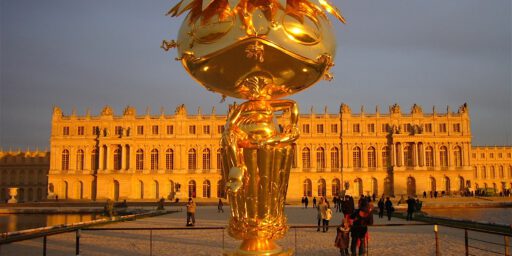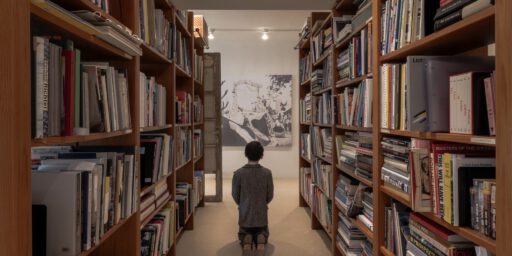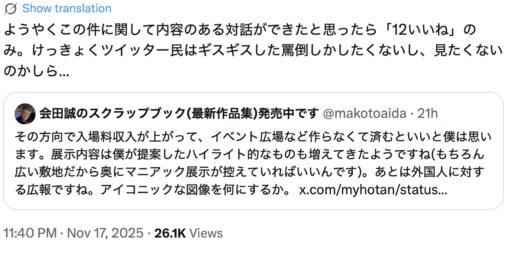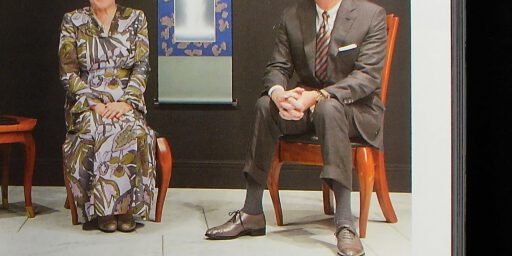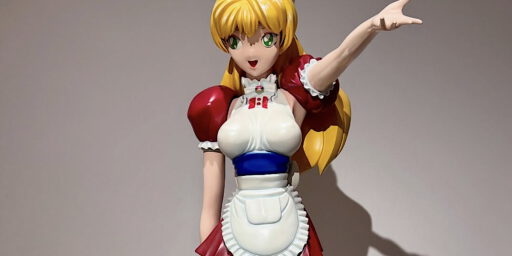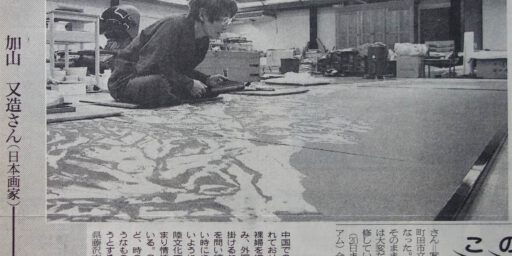国際エージェント、ジョー・バプティスタ:奈良美智はBLUM閉鎖を経てDavid Zwirner Galleryへ。 International agent Joe Baptista: NARA Yoshitomo moves to David Zwirner Gallery following the closure of BLUM
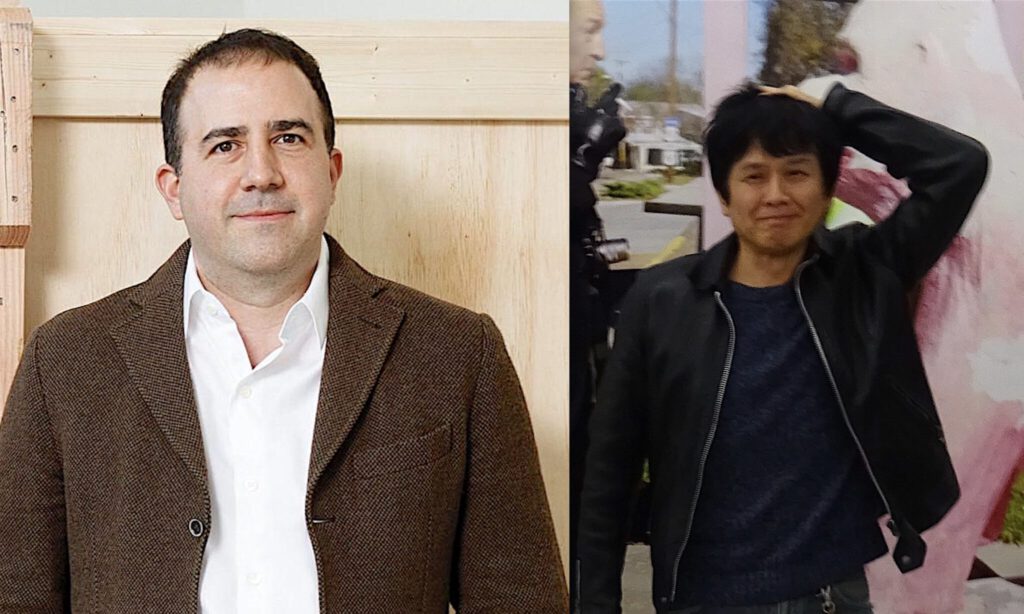
さて、「Pace Gallery will continue to have a relationship with the artist. 」と言うステートメントはどういう意味でしょうか。
私の経験による、奈良くんは完全にツヴィルナーへ移った。
そして、奈良くんが国際エージェントのジョー・バプティスタを持つことは知られていなかったでしょう。なぜ、バプティスタがGagosian Gallery、又は、Hauser & Wirthと契約しなかったのは、謎。世界No.1 Gallery Gagosianの場合、奈良にとって、村上隆と同じギャラリーなので「無理」かも。しかし、Zwirnerの場合、草間彌生も「邪魔」。
奈良くんが両方とも、草間、村上と仲良し。
Joe Baptista (Joseph Baptista), ex-vice president of Pace Gallery. Now: Independent agent for artists, via his company EQUIVALENCE ART AGENCY INC., founded in April 2025. Website and address of his company: non-existent.
ジョー・バプティスタの会社名:
EQUIVALENCE ART AGENCY INC.
郵便の住所/事務所:Joseph Baptista
POBOX 130198
New York, NY, 10013
Founded: 2025年4月3日
ホームページ:なし。
正式な事務所:なし。
未来の「日本美術史」の記録のため:デイヴィッド・ツヴィルナー ギャラリーの公式なプレスリリース:
David Zwirner Now Represents the Work of Yoshitomo Nara
November 3, 2025
David Zwirner is pleased to announce the representation of the work of Yoshitomo Nara. In this capacity the gallery will be working in collaboration with the artist’s international agent, Joe Baptista, founder of Equivalence Art Agency, an initiative fostering artist-centered projects. David Zwirner will present a forthcoming exhibition of works by Nara in its New York gallery.
Yoshitomo Nara is renowned for his distinctive body of work—encompassing drawing, painting, sculpture, and architectural installations—that continues to resonate with a global audience, across borders and generations. For Nara, creating art is a deeply personal endeavor that stems from a lifelong conversation with himself—a compulsion born of introspection. Drawing lies at the core of his practice—it is an immediate, spontaneous form of expression for both images and words, conveying thought-provoking statements and messages. Nara’s painting and the wide scope of his sculptural work—made using wood, FRP, ceramic, and, since 2011, cast in bronze—have developed from this direct self-expression. Nara’s unique characters—at times menacing and defiant, but also melancholic, vulnerable, and uncertain—form his central motif, and are, similarly, representations of himself, his innermost thoughts and emotions. Yet paradoxically, they reflect a profound interest in humanity and are widely understood to communicate universal themes of human existence.
The foundations of Nara’s originality lie in his childhood—he was a latchkey kid who spent much time alone, growing up in rural northern Japan, a region subject to rapid societal changes but relatively slow economic growth and overshadowed by the remnants and consequences of World War II. Against this backdrop, he expanded his imagination reading Kenji Miyazawa’s fantastical children’s stories and listening to folk and blues music, introduced to him through late-night US Forces radio broadcasts. For Nara, his singular childhood experiences, and the continuity of their memory, are fundamental to defining the individuality of his work and providing an ongoing source of inspiration for his creativity.
Nara studied painting in Japan and Germany, where he lived and worked for twelve years. Staying first in Düsseldorf and later in Cologne, this was a hugely significant time for his personal and artistic development. His paintings from the 1990s saw the emergence of his iconic child figures, with their characteristically large heads and big, wide-set eyes. Occupying undefined, isolated spaces, their forms enclosed within bold outlines, they can be viewed as psychological self-portraits. And, over the years, as their strong delineation softened, painterly qualities became more apparent, and they have evolved into portraits that captivate audiences with their potency.
In 2011, the Tōhoku earthquake and tsunami devastated northern Japan. The extent of the loss and destruction had a life-changing impact on Nara. He felt forced to reconsider his role as an artist and redirected his focus toward the affected region, initiating local, community-based art projects. When he returned to painting, his pictorial language had changed—ethereal faces with meditative countenances emerged, multiple touches and translucent layers of color forming their arresting, soulful eyes.
Yoshitomo Nara:
When I was a teenager, I didn’t aspire to become an artist—and perhaps that’s still true today. The lives of art students looked so free to me, and it was that sense of freedom that made me want to enter art school. Of course, I devoted myself fully to painting, but it was always within a kind of moratorium-like freedom. More than the freedom inherent in the works themselves, there was freedom in the very attitude of making them.
Even after graduating from art school, my creative philosophy has not been one of “art for art’s sake.” Rather, I believe it is something that exists within the freedom of how one lives. More than the art history or theory I learned in school, it is the spirit of the times—the one I absorbed while growing up and shared with others of my generation—that has shaped my unique sensibility. For example, what resonates with me is not the knowledge contained in hundreds of pages of books, but the reality of what this body has actually experienced. In the end, it is those lived experiences that bring to light the honest words buried within the heavy volumes of written knowledge.
My works are not directed toward others, nor do they depict others. Like self-portraits, they emerge from dialogues with myself—the bare self that takes the form of children or animals lying across the picture plane. In that sense, I believe that viewers who stand before my works also discover themselves there and engage in a dialogue with their own inner selves.
Now, I feel fortunate to present the works I will be creating under the guidance of a gallerist who, though born and raised in a different place, shares the same generation and the spirit of the era we both lived through—including its subcultures. I am also aware that this good fortune rests upon the many layers of good fortune that have carried me this far.
David Zwirner:
I have been a fan of Yoshitomo Nara’s work since I first encountered it in my hometown, Cologne, in the early 1990s. Nara’s work seemed so radical to me then, as it ran counter to the postconceptual strategies that were pervasive in the art world at the time. Instead, Nara invited us to contemplate a world of vulnerability and genuine human connection. I soon found out that Nara and I did not just share formative years in Cologne, but also a deep love for music. To me, Nara’s work is not unlike a great song: personal, emotive, uncompromising, and open to experimentation. Seeing Nara’s extensive and beautifully installed retrospective at the Hayward Gallery in London, earlier this year, was a true revelation. Again, I was struck by Nara’s enormous generosity as an artist; he readily invites us into his inner universe, while challenging us to confront our own, reminding us that we have the right to resist. I am deeply honored to welcome Yoshitomo Nara, one of the most important and authentic voices in contemporary culture, to the gallery.
Pace Gallery will continue to have a relationship with the artist.
https://www.davidzwirner.com/news/2025/david-zwirner-represents-yoshitomo-nara-work
2025/11/12 up-date
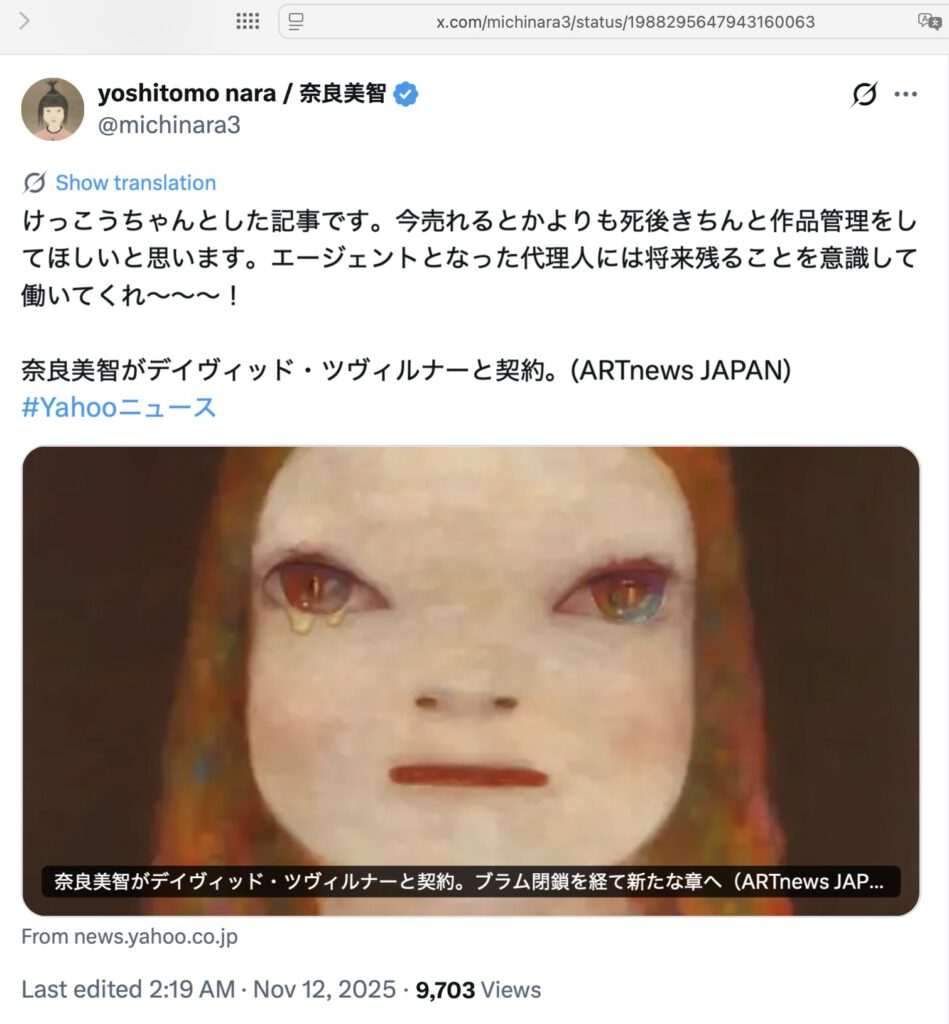
yoshitomo nara / 奈良美智 @michinara3
けっこうちゃんとした記事です。今売れるとかよりも死後きちんと作品管理をしてほしいと思います。エージェントとなった代理人には将来残ることを意識して働いてくれ~~~!
奈良美智がデイヴィッド・ツヴィルナーと契約。(ARTnews JAPAN)
#Yahooニュース
This is a pretty solid article. Rather than focusing on selling now, I hope they manage the works properly after death. I want the agent acting as the representative to work with an awareness of leaving a legacy for the future~~~!
Yoshitomo Nara signs with David Zwirner. (ARTnews JAPAN)
https://x.com/michinara3/status/1988295647943160063
More about NARA Yoshitomo:
https://art-culture.world/reviews/nara-yoshitomo/
More about the Zwirner family:
アート・フリッパーの為。超ダサくて、くだらない、にっぽんアートワーカー西村有:2024年展示、2025年オークションへ。
For art flippers. Crappy, trashy Japanese art worker NISHIMURA Yu: Exhibited in 2024, auctioned in 2025.
quotes:
I know the German David Zwirner, who is five years younger than me, from his time at LISTE (Emerging galleries fair in Basel). I also know his father, Rudolf Zwirner, well from my exhibitions at Art Cologne. Consequently, me becoming an expert not only concerning that fair, but about American, Swiss, Paris, London, Berlin, Bruxelles, Asian art fairs, too.
僕より5歳年下のドイツ人、デイヴィッド・ツヴィルナーとは、LISTE(バーゼルのイマージング・ギャラリー フェア)での経験から知り合いました。また、彼の父親であるルドルフ・ツヴィルナーとは、Art Cologneでの僕の展覧会を通して親しくしていました。おかげで、僕はそのフェアだけでなく、アメリカ、スイス、パリ、ロンドン、ベルリン、ブリュッセル、アジアのアートフェアについても精通しています。
Art Cologne = Kunstmesse Köln = 1. Kunstmesse der Welt (1967〜).
“Kunstmesse Köln” co-founder Rudolf Zwirner’s symposia later during “Art Cologne”, which I attended, are legendary. He was talking about the hidden secrets in art business, and explained a.o. how the art market can be “artificially” inflated.
Art Cologne = Kunstmesse Köln = 1. Kunstmesse der Welt (1967〜).
僕が参加した「アート・ケルン」開催中の「クンストメッセ・ケルン」共同創設者ルドルフ・ツヴィルナーによるシンポジウムは伝説的です。彼はアートビジネスの隠された秘密について語り、アート市場がいかに「人為的に」高騰するかなどを説明しました。
https://art-culture.world/reviews/nishimura-yu-西村有/
More about BLUM:
Tokyo Perspective: Chronicle of a Death Foretold regarding a respected American Art Dealer
奈良美智や村上隆を巡って:「FUCK YOU」や「お前、授乳中なんだから、俺のビジネスパートナーにはなれない」
https://art-culture.world/reviews/blum/
